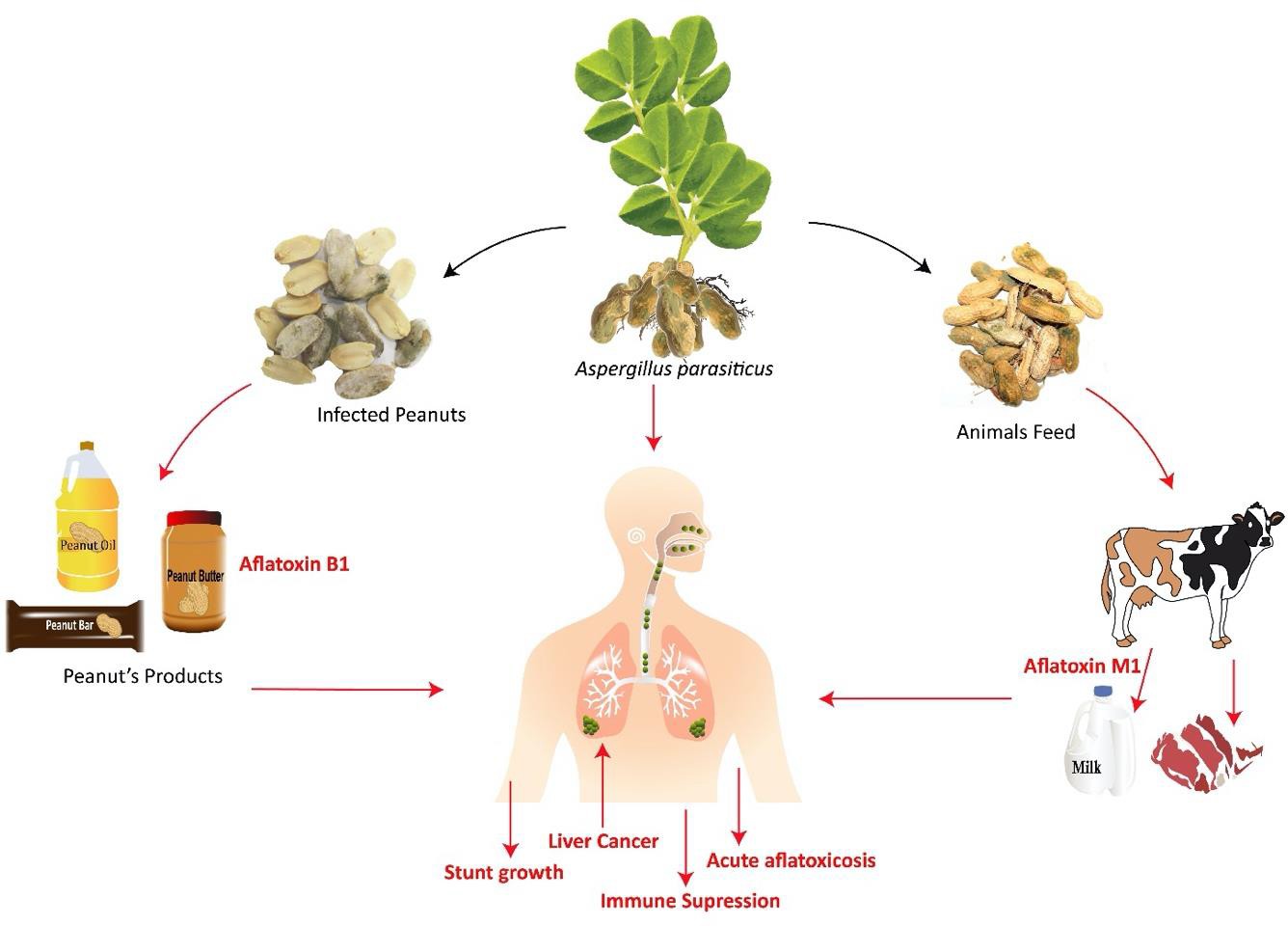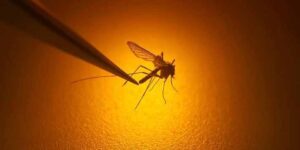The impact of aflatoxin exposure can vary significantly and potentially lead to serious health consequences, particularly when levels exceed safety thresholds. Notably, recent recalls by Pick n Pay and Woolworths have brought attention to this issue, though it’s important to clarify that these instances did not involve exposure levels deemed dangerous.
Aflatoxins, recognized for their potent carcinogenic properties, pose a risk of inducing cancer across various species, humans included. The critical factor determining their harmfulness is the principle of dosage; adverse effects are only observed when the concentration of these toxins surpasses a certain limit within the organism.
Safeguarding Public Health: Permissible Aflatoxin Levels
To protect public health and reduce the risk of aflatoxin-related diseases, regulatory bodies globally, including those in South Africa, adhere to standards set by the Codex Alimentarius Commission. These standards define the maximum permissible levels of aflatoxins in food and animal feed.
For South African standards, the regulations specify:
- A limit of 15 micrograms per kilogram (µg/kg or ppb) for total aflatoxins in peanuts undergoing further processing, such as the production of peanut butter.
- For all foodstuffs ready for human consumption, a maximum of 10 µg/kg for total aflatoxins is allowed, with aflatoxin B1 specifically capped at 5 µg/kg.
- In milk, the limit for aflatoxin M1 is set at 0.05 µg/litre (ppb).
These guidelines are designed to minimize the occurrence of health issues linked to aflatoxins, ensuring consumer safety.
Health Risks Associated with Aflatoxin Consumption
The health ramifications of consuming aflatoxins can manifest in two primary forms: acute aflatoxicosis and chronic exposure. Although instances of acute aflatoxicosis are uncommon, they can precipitate immediate liver failure and, in severe cases, death.
On the other hand, chronic exposure to aflatoxins, characterized by the ingestion of these compounds at low levels over an extended period, significantly increases the risk of liver cancer, suppresses the immune system, and can lead to growth retardation, especially among children and individuals with existing health vulnerabilities.
It’s also noteworthy that an individual’s risk of aflatoxin-related health problems can be influenced by factors such as age, overall health, dietary preferences, and genetic predispositions. This underscores the importance of thorough risk assessments to accurately evaluate the potential health impacts of aflatoxin exposure on different segments of the population.
Here’s a table summarizing the regulatory limits for aflatoxins in South Africa, as mentioned in the article:
| Foodstuff | Aflatoxin Type | Maximum Allowable Level |
|---|---|---|
| Peanuts (intended for further processing) | Total Aflatoxins | 15 µg/kg (ppb) |
| All foodstuffs (ready for human consumption) | Total Aflatoxins | 10 µg/kg (ppb) |
| Aflatoxin B1 | 5 µg/kg (ppb) | |
| Milk | Aflatoxin M1 | 0.05 µg/litre (ppb) |
This table encapsulates the specific regulatory standards set by South African health authorities to mitigate the risks associated with aflatoxin exposure in food products.














